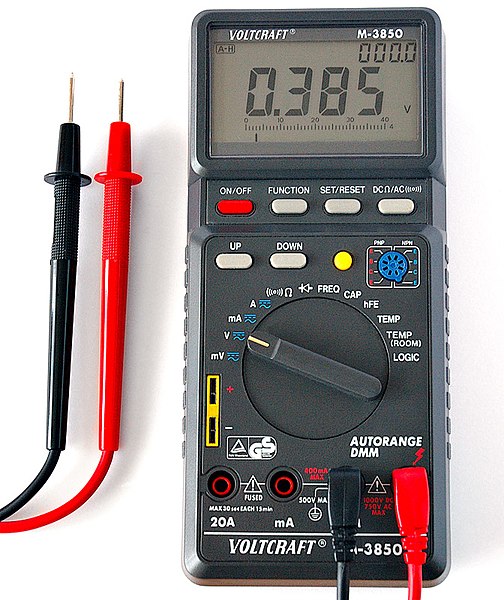In electrical engineering, a function generator is usually a piece of electronic test equipment or software used to generate different types of electrical waveforms over a wide range of frequencies. Some of the most common waveforms produced by the function generator are the sine wave, square wave, triangular wave and sawtooth shapes. These waveforms can be either repetitive or single-shot. Another feature included on many function generators is the ability to add a DC offset. Integrated circuits used to generate waveforms may also be described as function generator ICs.
A simple analog function generator, circa 1990
A DDS function generator
Electronic test equipment
Electronic test equipment is used to create signals and capture responses from electronic devices under test (DUTs). In this way, the proper operation of the DUT can be proven or faults in the device can be traced. Use of electronic test equipment is essential to any serious work on electronics systems.
Tektronix 7854 oscilloscope with curve tracer and time-domain reflectometer plug-ins. Lower module is a mainframe of the series Tektronix TM500 and has a digital voltmeter, a digital counter, an old WWVB frequency standard receiver with phase comparator, and function generator.
Keysight commercial digital voltmeter checking a prototype
Voltcraft M-3850 portable multimeter
A multimeter with a built in clamp facility. Pushing the large button at the bottom opens the lower jaw of the clamp, allowing the clamp to be placed around a conductor (wire). Depending on sensor, some can measure both AC and DC current.






